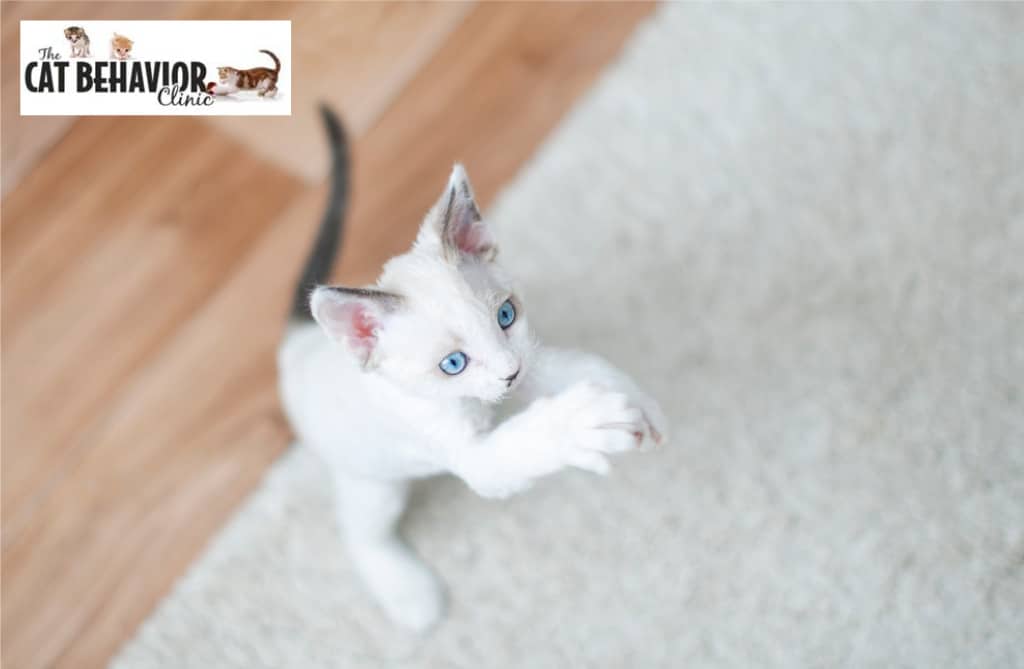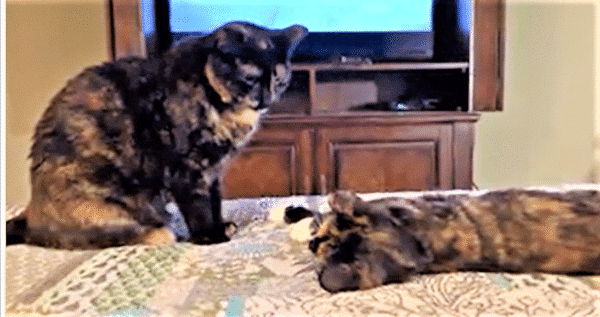How do I introduce a cat to a home with a dog?
Table of Contents
Section 1: Understanding the Dynamics
Section 2: Preparing Your Home
Introduction

Are you contemplating adding a feline friend to your family that already includes a canine companion? This situation is not uncommon, as many families share their homes with both cats and dogs. The successful integration of a new cat into a dog-dominated environment can be a delicate process, but with the right approach and some patience, it can lead to a harmonious and happy coexistence. In this blog post, we will guide you through the process of introducing a cat to a home with a dog, providing you with tips, insights, and strategies to make the transition as smooth as possible.
Q: How do I introduce a cat to a home with a dog?
A: Read this blog for tips, insights, and strategies to make the transition smooth.
Section 1: Understanding the Dynamics
Before delving into the intricacies of introducing a cat to a dog, it’s essential to understand the dynamics between these two animals. Dogs and cats have different communication styles, behaviors, and instincts, which can sometimes lead to initial tension.
Cats are often more independent and territorial, while dogs tend to be social and pack oriented. These differences can create potential conflicts when a new cat is introduced to a dog who has already established their territory and routine. Additionally, the history and breed of the dog, as well as the cat’s temperament, can all influence how smoothly the introduction process will go.
Some dogs have a strong prey drive, and they might view a new cat as a potential playmate or even a threat. Therefore, it’s crucial to consider the specific personalities and behaviors of both your dog and the cat you intend to bring into your home.
Understanding the inherent differences between cats and dogs is the first step in successfully introducing them. It allows you to anticipate potential challenges and tailor your approach to the unique characteristics of your pets. In the following sections, we’ll provide practical steps and insights to facilitate a seamless introduction.
Section 2: Preparing Your Home
Creating a safe and comfortable environment for both your cat and dog is paramount in the introduction process. Here we discuss the necessary preparations to ensure that your home is conducive to a positive start.
- Separation: One of the first things to consider is the physical separation of your cat and dog, especially in the beginning. This means setting up a separate space for your new cat with all the essentials, such as a litter box, food, water, and a cozy bed. This area should be off-limits to your dog to provide a sanctuary for the cat.
- Gradual Introductions: Start by allowing your cat and dog to become familiar with each other’s scent without direct contact. You can do this by swapping bedding or using scent-marking products. Gradually, allow them to see each other through a baby gate or a cracked door, providing a controlled introduction.
- Training and Obedience: Ensure that your dog has a strong foundation in obedience commands like “sit,” “stay,” and “leave it.” These commands will be valuable in controlling your dog’s behavior during the introduction.
- Dog Leash: When it’s time for the initial face-to-face meeting, have your dog on a leash. This will give you control over your dog’s movements and actions, preventing any sudden or aggressive behavior.
A well-prepared home sets the stage for a successful introduction. By creating a safe and structured environment, you’ll help your pets adapt to the new situation at their own pace and reduce the chances of conflicts or stress.
Section 3: The Introduction Process
Now that you’ve prepared your home, it’s time to focus on the introduction process itself. This section will provide a step-by-step guide to gradually bringing your cat and dog together.

- Supervised Meetings: Start with short, supervised meetings between your cat and dog. Keep the dog on a leash, and let the cat and dog observe each other’s behavior. Ensure that both animals are calm and under control during these encounters.
- Positive Reinforcement: Reward both the cat and dog with treats and praise for calm and non-aggressive behavior during their meetings. This will create positive associations and help them feel comfortable around each other.
- Gradual Exposure: Gradually increase the duration of their interactions. Over time, let them interact without a leash, always under close supervision. Be patient and observant, looking for signs of stress or aggression.
- Separation When Needed: If either the cat or the dog becomes stressed or aggressive, it’s crucial to separate them immediately. Do not force the interaction if it’s not going well. You may need to take a step back and progress more slowly.
- Feline Retreat: Ensure your cat has a place to retreat to if they need a break from the dog. Cats often prefer elevated spaces, so a tall cat tree or shelves can be helpful in this regard.
The introduction process requires patience and vigilance. By following these steps and allowing your pets to acclimate to each other at their own pace, you’ll increase the chances of a harmonious coexistence between your cat and dog.
Conclusion
Introducing a cat to a home with a dog can be a rewarding experience when approached with care and consideration. Understanding the dynamics between cats and dogs, preparing your home, and following a systematic introduction process are key to success. While there may be challenges along the way, with time and patience, your cat and dog can learn to coexist peacefully and even develop a bond.
As you embark on this journey, remember that every cat and dog is unique, and the time it takes for them to adjust to each other can vary. Be flexible in your approach, always prioritize safety, and provide plenty of love and attention to both your cat and dog. With your guidance and support, your four-legged family members can build a strong and lasting friendship.


